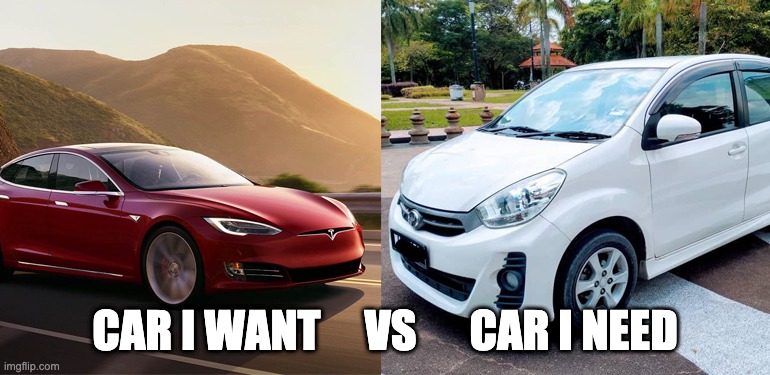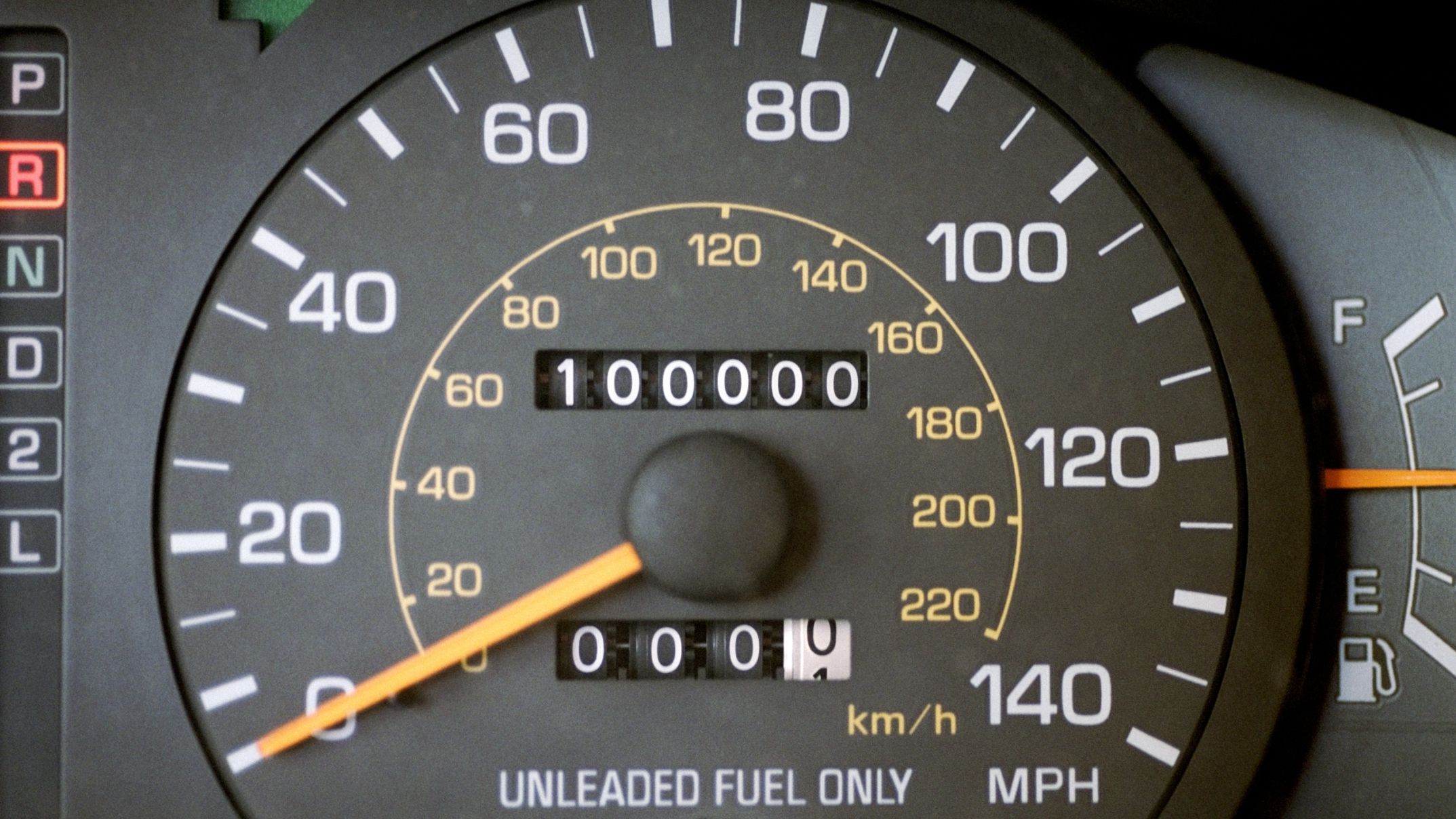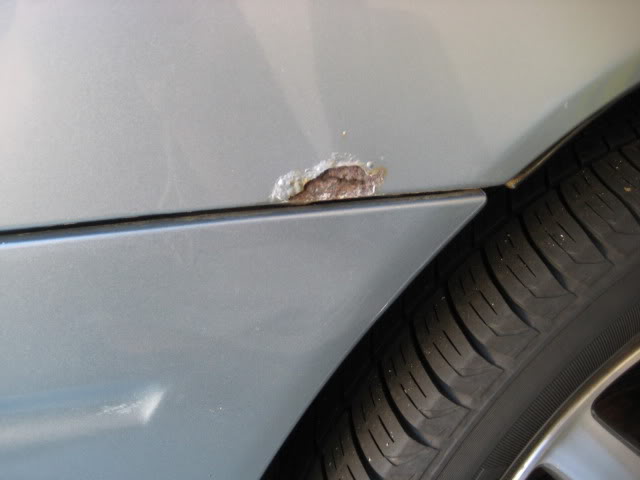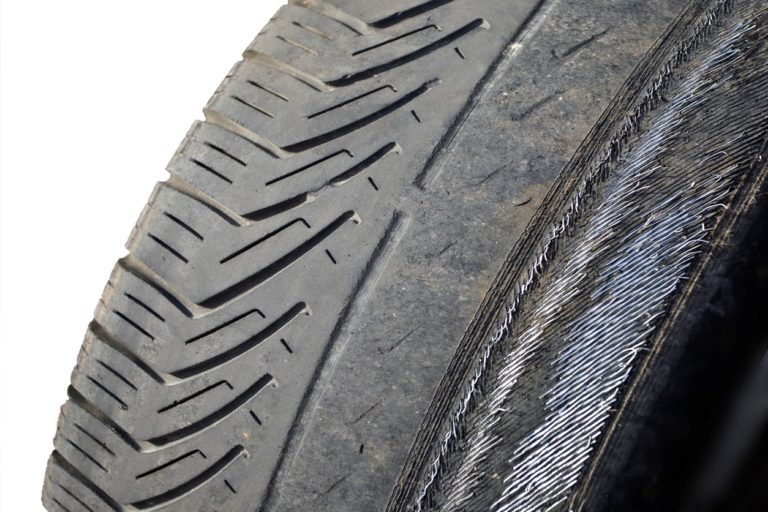Buying A Secondhand Car Is Tricky. Here Are 7 Tips To Help You Out
There's a simple formula to check if the car has decent mileage.
There are a few things to take into consideration. Here are some tips on what you should look out for before buying a secondhand car:
1. Decide on a car based on what you need
Getting a car you really want may not always be the best decision as opposed to getting something you need.
For example, buying a secondhand luxury car may be great but the maintenance in the long-run might burn a hole in your pocket.
If you need to travel long distances, you might want to think about maintenance and service fees. However, if you're driving short distances to and from work, then an economical, fuel-saving option might be better.
2. Buy the car from a reputable seller
It's always best to buy a car from a trustworthy dealer or reseller mainly because it's a large purchase and anything can go wrong.
Not all dealerships and salesmen are honest so it's best to do your research before heading out.
3. Compare the price of the car based on the year and its condition with other vehicles of its kind
Check the historical details of the car, such as the mileage, maintenance records, and if it's still under warranty. Also, ask the seller whether it's been in any major accidents before.
All of these factors can affect the price negotiation at the end of the day. A car that's serviced regularly is a good sign.
4. Check the mileage of the car by using this simple formula to determine if it has decent or high mileage
On average, a car will drive about 20,000km each year. Divide the number on the odometer by the age of the car to find out if the car has low or high mileage.
But do note that mileage can be tampered with, so it's better to have another reference like a service booklet so that all scheduled dates and mileage can be verified.
5. Check for any paint issues or replaced parts
Look at the paint job of the car under a bright light or under the sun. If colours vary, for example, a yellow car with a black bonnet, it could mean that the parts have been replaced or it went through body repairs.
Minor scratches, as well as wear and tear, are usually fine. You can always check with the seller if the car was in an accident that required major repairs.
Also, look under the bonnet to see if there were any race modifications made. This plays a part in maintenance fees and how reliable the car will be.
6. Look for welding marks, rust, or signs of leaking
If the car has undergone a major repair after an accident, you might be able to spot parts that should be one piece but have been welded together. For example, the boot floor should be one single piece.
Rusty spots can lead to bigger problems down the line. Depending on the price, you might want to avoid buying cars that have developed rust in its interior or exterior.
7. Take the car for a test drive and make sure the tread on all four tyres isn't worn out
Don't be afraid to test out every button, the car's brakes, acceleration, and steering wheel feel.
If the car pulls to one side, it could mean that the wheel alignment is off. But even if it doesn't, there could be other issues like a worn out suspension.
Listen for any strange sounds that the car might make, as this could represent underlying problems.







